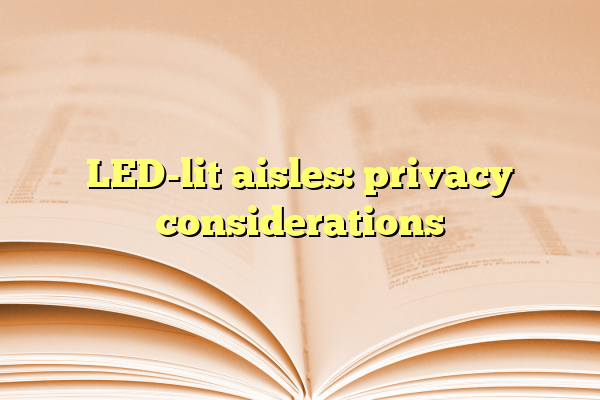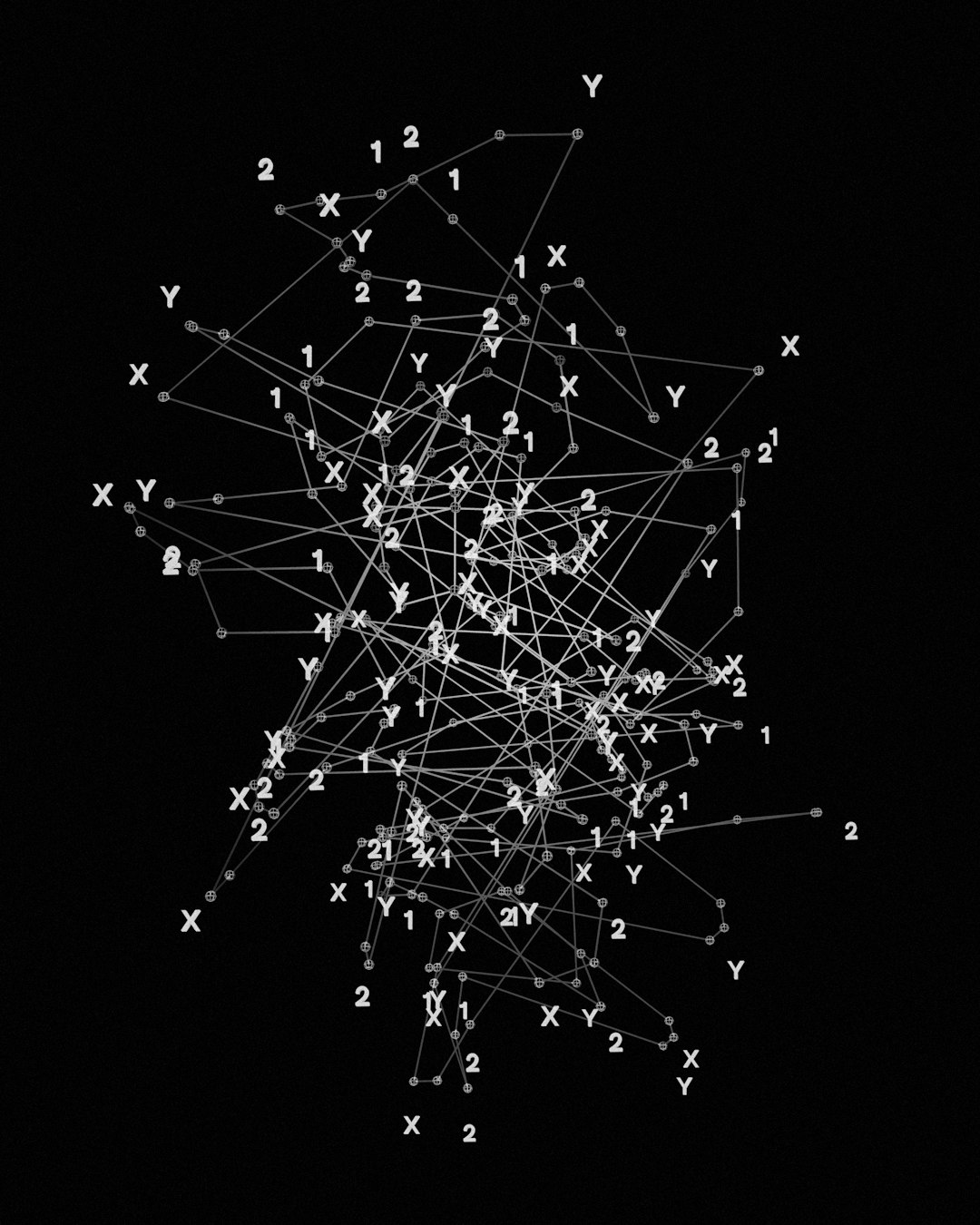
LED-lit aisles: privacy considerations
When you walk into a modern grocery store, you might notice something different. The lights. Not just the ones in the ceiling, but the ones on the shelves, too! These are LED-lit aisles, and they’re popping up everywhere. They glow. They blink. They follow you (sort of). And while they make shopping look like a scene from a sci-fi movie, they also raise some pretty big questions about privacy. Let’s break it down.
Contents
TLDR: Too Long, Didn’t Read
- LED-lit aisles use smart technology to light up shelves and track shopper behavior.
- This can help stores save energy and offer better deals.
- But it also raises privacy concerns, like tracking your location and habits without clear consent.
- Next time you grab a snack under those pretty lights, know that someone might be watching how you shop.
What Are LED-Lit Aisles?
LED-lit aisles are, simply put, grocery store or retail shelves lit up with bright, colorful LED lights. But they’re a lot smarter than ordinary light bulbs. Some LEDs are part of a connected system. They talk to sensors, apps, and even cameras. In some stores, the lights adjust based on where you stand. Others can change color to show discounts or guide you to your favorite cereal.
But here’s the catch — these lights are not just for your convenience. They’re watching. Not like a creepy horror movie, but in a “let’s track customer movement” kind of way.

Why Stores Love These Lights
Retailers adore LED-lit aisles. And it’s not just because they look cool. Here’s why:
- Energy efficient: LEDs use way less power than old-school lights.
- Customizable: Stores can change the color and brightness anytime.
- Interactive: Lights can direct shoppers to sales and products.
- Data goldmine: They track foot traffic and shopper habits.
That last point is where things get interesting — and a little dicey.
How LED-Lit Aisles Track You
So, how can a light track you? Not alone, of course. They usually work with sensors or your shopping app.
Here are some ways you might be tracked:
- Bluetooth beacons: These tiny devices send signals to your phone when you get close.
- Infrared sensors: They detect motion and count how many people pass by.
- Smart cameras: Some cameras use AI to see where your eyes go. Yep, your eyes!
- Mobile apps: If you’ve installed a store app, it might track your location in-store.
All this helps stores figure out what’s popular, how long you stare at that frozen pizza, and where you wander the most.
What About Privacy?
Here’s where the privacy questions hit the fan. You might not even know you’re being tracked. Do you remember giving permission for the lights to follow you around?
That’s the heart of the issue. Informed consent is often missing. Many people don’t read the fine print in store apps or on signs. And sometimes, there are no signs at all.
This goes against some basic rules of consumer privacy. You have the right to know:
- What data is being collected
- How it’s being used
- Who it’s being shared with
But in many cases, shoppers are left in the dark — even while standing in the middle of a brightly lit aisle.
Data Today, Ads Tomorrow
The data collected from LED-lit aisles doesn’t just stay in the store. It can be used to market to you later. Ever wonder why you started seeing soup ads online the day after spending 15 minutes browsing canned food? That could be the LED aisle at work.
Here’s a fun (but kind of spooky) scenario:
You walk into a store. The lights track that you spent time near the candy section. The retailer knows your phone ID from a previous app login. Later, your social media feed is full of candy ads. Coincidence? Probably not.
Who Regulates This?
This is where things get cloudy. Different countries have different privacy laws.
- Europe: The GDPR is super strict. It requires clear consent before tracking.
- United States: Privacy laws vary by state. Some are strong; others not so much.
- Other places: Regulations tend to be weaker or still developing.
Retailers often argue that the data is anonymous. But if they connect it with your phone or loyalty account, it becomes personal fast.
Tips for Shoppers
You don’t have to ditch the store altogether. But you can shop smarter. Here’s how:
- Turn off Bluetooth and Wi-Fi when shopping if you don’t want to be tracked via beacon.
- Don’t log in to store Wi-Fi unless you trust their privacy policy.
- Read app permissions carefully before installing a store’s mobile app.
- Look for signs about digital tracking or smart lighting in the store.
Your privacy is valuable. Don’t give it away for a coupon without thinking twice.
Fun Fact Break!
Not all LED-lit aisles are watching you. Some are just there to sell more soda with flashy lights. Others help visually impaired shoppers by making shelves easier to see. So, it’s not all bad! But knowing which is which? That’s the tricky part.
The Bright Future (Maybe Too Bright?)
Smart lighting is just the beginning. In the future, stores might know your entire shopping routine before you even enter. Want cereal? Lights could blink to guide you. Looking tired? A robot might offer you coffee. Fun? Maybe. Creepy? Definitely.
As more tech enters our everyday spaces, the line between helpful and invasive gets blurry. We need smart rules just as much as we need smart lights.
Final Thoughts
LED-lit aisles are cool. They help stores save energy. They help us find deals. But they also bring a glowing question mark: Who’s watching, and what are they doing with all that info?
Let’s enjoy the sparkle, but let’s also protect our privacy. After all, even under bright lights, we all deserve a little privacy.
